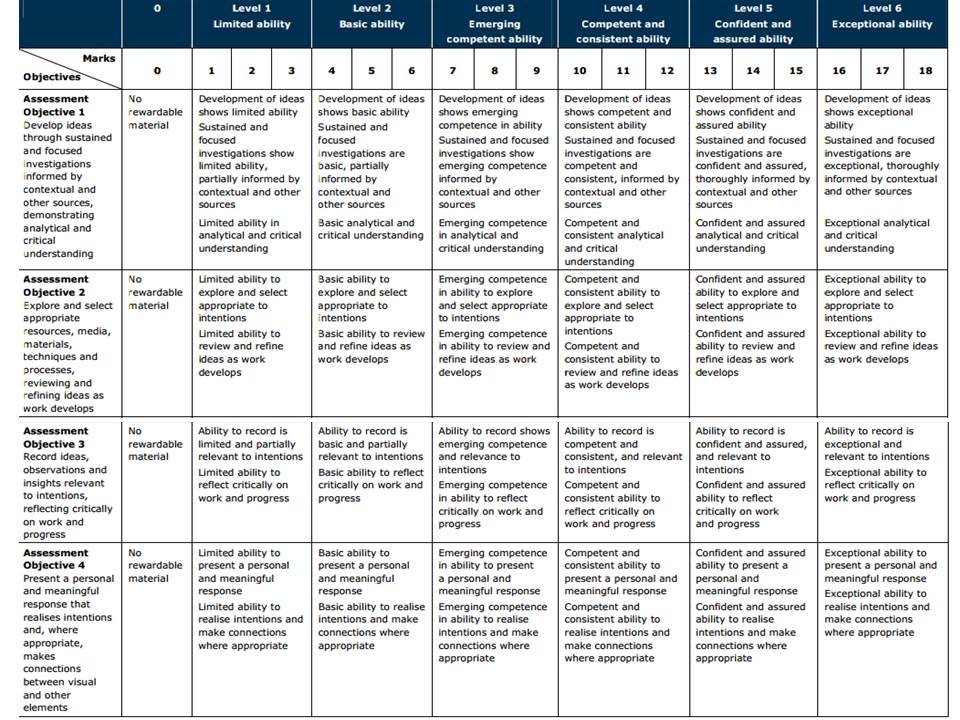Wassily Kandinsky

The book published in 1912: “Concerning the Spiritual in Art” explores improvisations and compositions as an alternative to impressions which are based in external reality, improvisations and compositions are images that encapsulate images that arise from unconscious viewpoint of life and the world. Kandinsky associates the spiritual life of humanity to a pyramid with various levels of spiritual hierarchy that emerge before one can be fully connected to the surroundings of the unconscious. During low periods, the soul sinks to the bottom as humanity searches for external success ignoring soiritual forces. This has been a long term key concept for my work, as within my spiritual images, I have tried to reconnect people’s relationship with nature by looking at how and why we are here. I have therefore used this concept to explore the origins of life and being.
Furthermore, Kandinsky has further influenced me because his strong emphasis on colors is a method he uses to invoke the spiritualism that art creates. However there is a very fine line between spiritualism and fantasy/fiction, therefore its important to not use spiritualism as a name for exploring fantasy, spiritualism must be about capturing spirituality that comes from experience. Kandinsky’s colors evoke a double effect: Firstly a physical effect which is charmed by the beauty of colors. However secondly this effect can be deeper, causing a stirring of the soul as Kandinsky calls it: “inner resonance”— which is essentially a spiritual effect in which the color touches the soul. This is called “Inner resonance” because it is art that directly communicates with the soul. This has also been my ambition particularly in my shots where creationism was mostly established with plants etc, I have tried to use color that can communicate to the soul.
“In the first place one receives a purely physical impression, one of pleasure and contentment at the varied and beautiful colors. The eye is either warmed or else soothed and cooled. But these physical sensations can only be of short duration. They are merely superficial and leave no lasting impression, for the soul is unaffected. But although the effect of the colors is forgotten when the eye is turned away, the superficial impression of varied color may be the starting point of a whole chain of related sensations.”
Gary Fabian Millar

I recently came across this book which has also further inspired me. From page 152-167, Gary Millar explores taking images from photo paper against a church window, which captures the light from the moonlight over night. The dark blue of the Petworth windows correlate successfully with Johann Wolfgang Von Goethe’s color wheel which was designed to symbolize the life of the human soul and spirit. Millar relates his images to ” The idea of thought or spirit as matter, and vice versa, is underpinned by the doctrine of monism – the thesis that all of reality is of one kind”.


Fabian Millar isn’t someone who specifically sees himself as religious, however his work clearly relates to spiritual thinking. Unlike his work “The Sea Horizon“, the locations were to be imagined as Utopia as within these images, there is a sense of having no boundaries. Through Millar’s work, there is a strong sense of abstraction as well as surrealism which building from Kandinsky, “communicates universal spiritual values”. This means that there are underlying spiritual features that unite everyone within the world, regardless of whether they are religious or not. It is therefore the role of artists to bring this to attention. Millar has captured images of spirit, for example ” the blue circle indicated the realm of the spirit, the yellow triangle its earthly, intellectual opposite”. This is done in response to Kandinsky who established representational and the non representational imagery who was in turn response the Theosophist (focusing on the attainment of direct, unmediated knowledge of the nature of divinity and the origin and purpose of the universe)Rudolf Steiner. It was these 2 coherent theses that Millar was able to produce his images that directly relate to the spirit.
In terms of method and also theory, Millar like Kandinsky has also been very influential to me in this project as both have helped me to create images that aren’t just physically nice, but from a spiritual point of view have a meaning that ensures the viewer can recognize that spirituality does have an impact within this world and its process of creationism and evolution.










